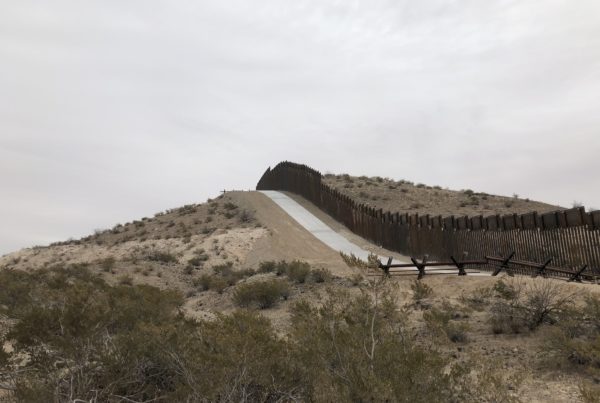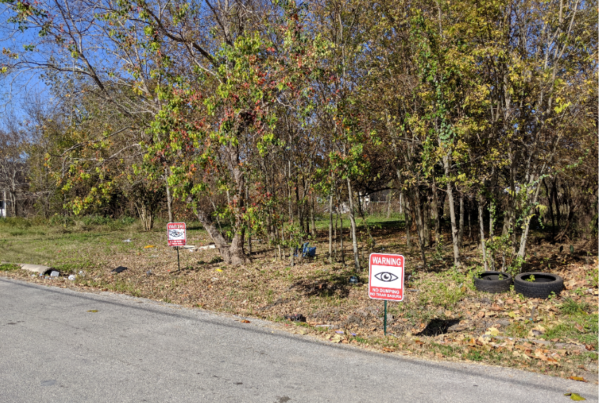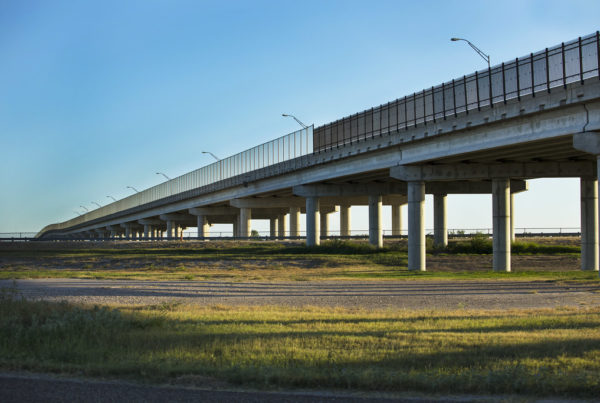Every five years, the U.S. Department of Agriculture produces a count of all the country’s farms, ranches, crops, livestock and anything else related to agriculture. It recently released data from its 2017 census and here are three things worth nothing:
1. The Middle Is Shrinking
In Texas, the number of very small farms and ranches has grown, and also, to a lesser extent, have enormous ag operations. Roel Lopez is director of the Texas A&M Natural Resources Institute.
“You know, those mid-size, 100- to less-than-2,000-acre farms and ranches are more likely to be subdivided and eventually either sold or converted into non-ag use, or just broken up into little ranchettes,” Lopez says.
2. Land Values Are Increasing
The census found that in Texas, the average value of an acre meant for agriculture was $1,917 – that’s almost $250 more than its value in 2012.
3. Farmers And Ranchers Are Aging
In Texas, there are about 56,000 farmers and ranchers over the age of 75. There are less than 5,000 farmers and ranchers under the age of 25. As a result, it’s harder for older farmers to keep their operations going, and also difficult for new farmers to enter the industry. Also, some in the younger generation just aren’t interested in the farming and ranching lifestyle.
“Many of the kids, for example, end up working in Dallas or Houston or San Antonio,” Lopez says. “So they’re no longer on the family place, and that sort of adds to some of the complexity in trying to sustain rural working lands moving forward.”
Written by Laura Rice.















